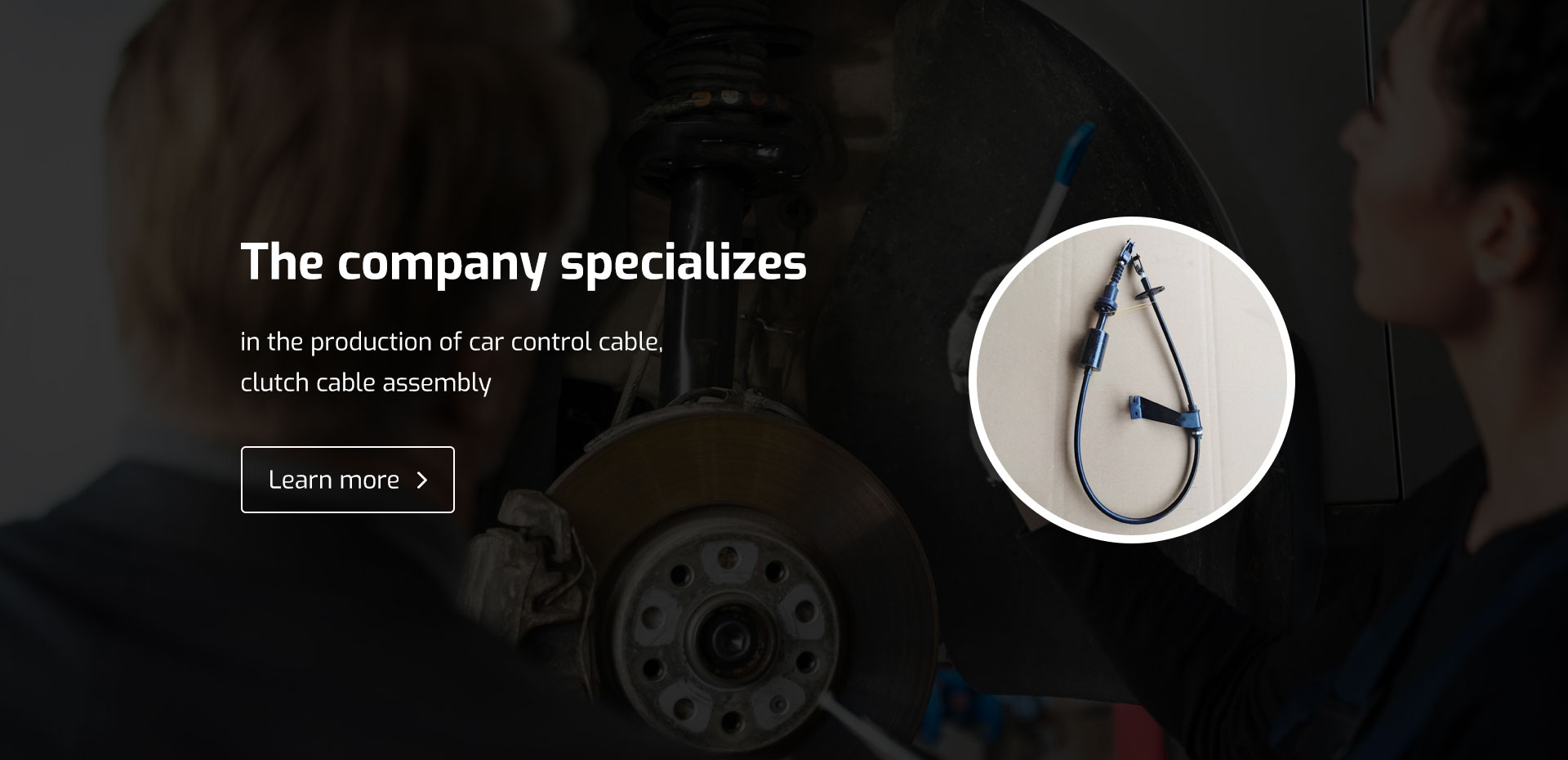kart throttle cable
Understanding Kart Throttle Cables The Key to Precision in Karting
Karting is a thrilling motorsport that serves as a fundamental stepping stone for many aspiring racers. While the excitement of speed and competition takes center stage, there are numerous mechanical components that play critical roles in a kart's performance. One such component is the throttle cable, a seemingly simple but essential part that directly influences how a kart responds to the driver's inputs.
What is a Throttle Cable?
A throttle cable is a thin, flexible cable that connects the kart's accelerator pedal to the throttle mechanism of the engine. Its primary function is to translate the driver's foot movement into engine response. When the driver presses the pedal, the cable pulls on the throttle plate, allowing more air and fuel into the engine and thereby increasing the engine speed (RPM). This relationship between the pedal position and engine response is crucial for effective steering, braking, and overall control of the kart.
The Importance of Throttle Cable Quality
The quality of the throttle cable can significantly affect a kart’s performance. A well-functioning throttle cable allows for smooth acceleration and deceleration, providing the driver with better control. Conversely, a damaged or poorly fitted throttle cable can lead to erratic engine response, making it difficult to handle the kart at high speeds, particularly in competitive situations. As such, ensuring that the throttle cable is in good working condition is vital for both safety and performance.
Types of Throttle Cables
Throttle cables come in various types designed for different karting setups. The most common types include standard cables, which are equipped with a basic design for general use, and more advanced cables that might include features such as adjustable tension or specialized coatings for smoother operation. Some racers prefer lightweight cables that minimize drag, allowing for quicker throttle response, especially important in high-speed racing scenarios.
kart throttle cable

Installation and Maintenance Tips
Proper installation of the throttle cable is crucial for ensuring optimal performance. When installing a new throttle cable, it's important to ensure that it is routed correctly away from any moving parts and that it is not pinched or kinked. A well-installed cable will have a small amount of slack when the throttle is closed, allowing for a quick response without any delay in acceleration.
Regular maintenance of the throttle cable is also essential. This includes periodic checks for wear and tear, such as fraying or rust, and lubricating the cable to prevent sticking or binding. A cable that is too tight can lead to unintended acceleration or, conversely, a lack of response. Keeping the throttle cable clean and well-lubricated will help ensure smooth operations and prolong the life of the component.
Signs of a Faulty Throttle Cable
Drivers should be aware of several warning signs that indicate a throttle cable may be faulty. These include inconsistent engine response, difficulty in pressing the accelerator pedal, or the engine not returning to idle when the pedal is released. If any of these symptoms occur, it is crucial to inspect the throttle cable promptly. Ignoring these signs may not only hamper performance but could also pose a safety risk.
Conclusion
In the fast-paced world of karting, where every millisecond counts, the throttle cable plays a pivotal role in a driver's ability to execute precise maneuvers. Proper knowledge, installation, and maintenance of the throttle cable can profoundly impact a kart's performance, making it a focal point for both novice and experienced drivers alike. By understanding the importance of this component and ensuring that it is in optimal condition, drivers can focus more on their racing strategies and less on mechanical issues, thus enhancing their overall karting experience. Whether you are racing for fun or competing at a professional level, never underestimate the power of a well-maintained throttle cable in your quest for victory on the track.
-
Workings of Clutch Pipe and Hose SystemsNewsJun.04,2025
-
The Inner Workings of Hand Brake Cable SystemsNewsJun.04,2025
-
The Secrets of Throttle and Accelerator CablesNewsJun.04,2025
-
The Hidden Lifeline of Your Transmission Gear Shift CablesNewsJun.04,2025
-
Demystifying Gear Cables and Shift LinkagesNewsJun.04,2025
-
Decoding Clutch Line Systems A Comprehensive GuideNewsJun.04,2025
